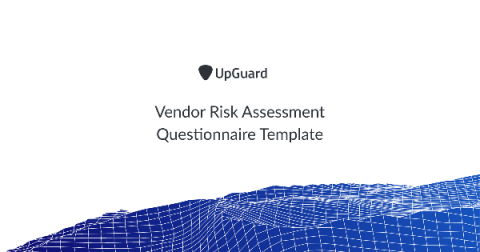What is Psychographic Data?
Psychographic data is information about a person's values, attitudes, interests and personality traits that is used to build a profile of how an individual views the world, the things that interest them and what triggers motivate them to action.











